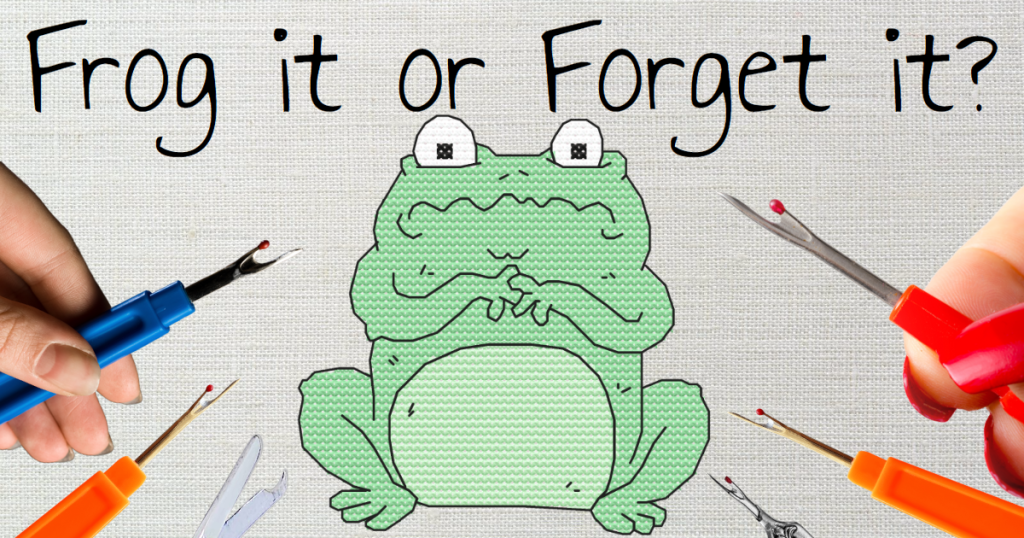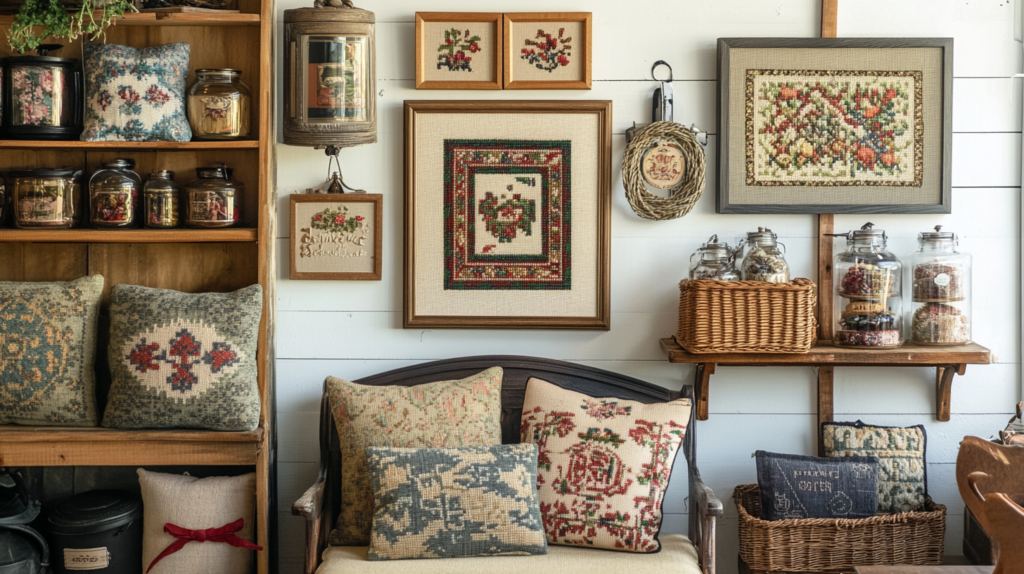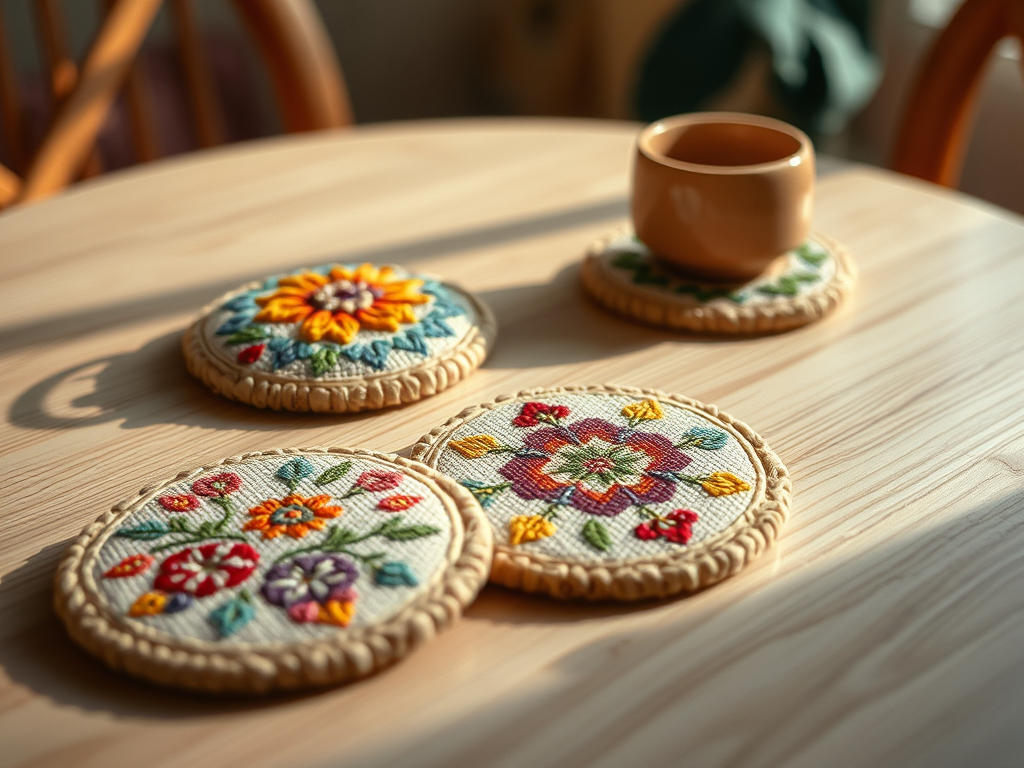Tips for Keeping Track of Your Place in a Cross Stitch Chart
Cross stitching can be a soothing and enjoyable hobby, but it’s easy to lose your way when working on a complex pattern. If you’ve ever had to backtrack or felt frustrated because you can’t remember where you left off, rest assured, you’re not alone. With so many stitches, colors, and symbols, keeping track of your place in a cross stitch chart can quickly become overwhelming.
Fortunately, there are several effective methods for staying organized throughout your project. Below, we’ll walk you through expert tips and strategic techniques to ensure you always know where you are in your pattern and never feel lost again.
Why is it Important to Keep Track?
Misplacing your marker or losing your place in a cross stitch pattern doesn’t only lead to confusion—it can result in hours of lost time, torn threads, or even mistakes that might force you to undo your hard work.
Here’s why careful tracking is essential:
- Prevents mistakes: By keeping track of where you’re stitching, you avoid making errors in color or stitch count.
- Reduces frustration: There’s nothing worse than spending hours on a piece, only to realize you’ve made a big mistake from inaccurate tracking.
- Saves time: You won’t waste time trying to figure out where you left off or worry about repeating stitches.
- Ensures accuracy: You’re able to follow intricate patterns precisely, especially useful in advanced cross stitching techniques.
To help you stitch smarter, not harder, we’ve compiled a list of organizing tips and tools to keep you on track!
1. Using Highlighters to Mark Off Sections
One of the most time-tested and straightforward methods of marking your progress is with a simple highlighter. As you stitch each section of your chart, use a highlighter to mark off rows or blocks you’ve completed.
Benefits:
- Visually easy to follow—different colored highlighters can be used to represent different sections or time frames.
- You can choose contrasting colors to ensure that the highlight pops out clearly against the chart.
- It’s a reversible method; if you need to refer back to an unhighlighted area, you can still view the pattern underneath.
Pro Tip: Choose erasable highlighters so that if you make a mistake or need to go back, you can easily remove the ink without damaging your chart.
How to Use:
- Start with your chart and highlighter of choice.
- As you complete a section of stitching—whether that’s per symbol, color, or area—highlight it on the paper chart.
- If working on a particularly complex section, you can highlight each row after it’s completed, reducing the chance of getting lost.
2. Magnetic Boards and Strips
A magnetic board and magnetic strips are favorite tools among cross stitchers for helping guide your place on paper charts. This method is especially useful since it allows movement across the chart without physically marking it.
Benefits:
- No marking or damaging your original pattern.
- Reusable for future projects.
- Easy to move strips as you progress.
How to Use:
- Place your cross stitch chart on a magnetic board.
- Use one or more magnetic strips to underline or box in the section you are working on.
- As you complete a section, shift the magnets up or down to follow your progress.
Pro Tip: If you’re worried about small sections, you can add extra magnets or use them vertically to break down intricate areas into more manageable pieces.
3. Digital Cross Stitching Apps and Software
Welcome to the digital age of cross stitching! If you’re more tech-savvy, there are cross stitch charting apps and software that let you track your progress easily on your phone or tablet. These apps allow you to markup your chart on the go and even alert you to color changes.
Benefits:
- No need for physical marking on your chart.
- Can be used across multiple devices.
- With auto-saving, you’ll never lose your place, even if you step away from your device.
- Some apps alert you when you deviate from the chart pattern to avoid mistakes.
Popular Digital Tools:
- Pattern Keeper (Android)
- Markup RXP (iOS/Android)
- Thread Tracker 676 App
Pro Tip: Always ensure your battery is charged when using digital apps! Some allow exporting or syncing, so backup your work to avoid losing your progress.
4. Gridding Your Fabric
Gridding is a method of setting up a reference grid on your fabric that mimics the layout of your cross stitch chart. This is done by using either a washable fabric pen or guide threads to temporarily draw or stitch a grid onto your Aida cloth.
Benefits:
- Helps you align your stitching with ease, especially in larger, intricate designs.
- Reduces counting mistakes and frequent referencing between fabric and chart.
- The temporary grid can be removed easily, leaving no trace.
How to Grid:
- Measure your cross stitch fabric and divide it into blocks—usually 10×10 squares to match the squares on your chart.
- Use a washable pen or lightly baste a thread to create the gridlines.
- As you stitch, use these gridlines to navigate your place without losing track.
Pro Tip: Wash out or carefully snip your gridlines once you’ve completed sewing to ensure a clean finish!
5. Working in Sections or Quarters
Breaking down a complex design by working in sections or focusing on one quarter at a time can make your cross stitching project less overwhelming. It also allows you to concentrate on one area at a time without looking over the whole chart frequently.
Benefits:
- Avoid getting overwhelmed by the entire project.
- Errors can be isolated to that section, making them far easier to correct.
- Provides a sense of accomplishment after completing each segment before moving on to the next.
How to Do It:
- Divide your chart into logical areas or quadrants.
- You might choose to finish one color in each section before moving to the next, which reduces frequent color switching.
- After finishing one section, mark it as complete, and start the next, ensuring no overlap or confusion.
Pro Tip: Reward yourself after completing each section—this will keep motivation high and make finishing even the largest projects feel attainable.
6. Sticky Notes for Temporary Marking
Using simple sticky notes or flags as you move through your chart is another practical and flexible method to avoid losing your place.
Benefits:
- A non-permanent method: No need to worry about marking your chart permanently.
- Easy to move as you finish each section.
- Visually obvious where you left off.
How to Use:
- Place a sticky note or page flag at the starting point you’re working on, and move it along down the chart as you stitch.
- You can layer sticky notes to mark multiple rows or symbols you plan to work on in one sitting.
Pro Tip: Use colored page flags to remind you of upcoming color changes or stitches that require extra attention.
7. Keeping a Progress Notebook
For those who love a more tactile, written approach, maintaining a progress notebook or journal can be a great way to manually track your progress in detail.
Benefits:
- A creative and personal way to monitor your stitching journey.
- Provides a record of color choices per section (especially useful for stitching with similar shades).
- Great for documenting troubleshooting or pattern modifications you may have made along the way.
How to Use:
- After each cross stitch session, jot down which row or symbol you’ve reached.
- Note any important modifications or changes made along the way in your notebook—helpful if you’re working on large projects over an extended period.
- Document color changes and floss usage for any future reference.
Pro Tip: A notebook can also act as a source of inspiration if you’re creating your own designs or making alterations to existing patterns in the future.
Final Thoughts on Tracking Your Place in Cross Stitch Charts
Cross stitching is a creative and relaxing activity that thrives on precision and attention to detail. Losing your place in a chart can interrupt your workflow and cause unnecessary frustration. Implementing one (or a few) of the above tracking techniques can transform your stitching experience into one of clarity and enjoyment.
Whether you’re a seasoned cross stitcher or new to this art, these tips for keeping track of your place in a cross stitch chart will ensure that your projects stay organized, professional, and enjoyable from start to finish.
So, grab your favorite method—whether it’s highlighter, magnetic strips, or digital apps—and let precision guide your needle!



